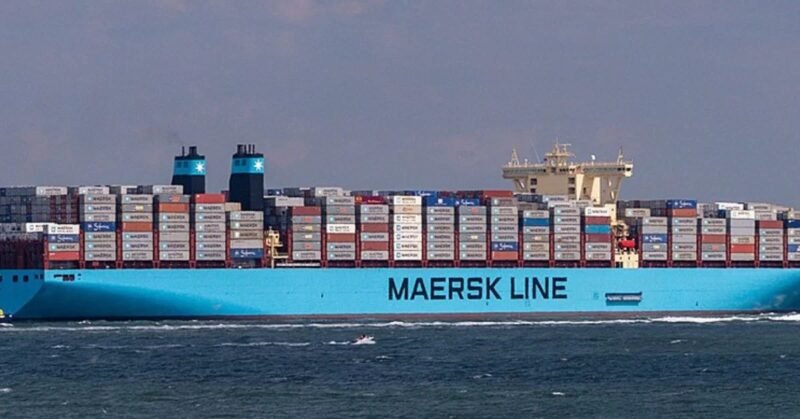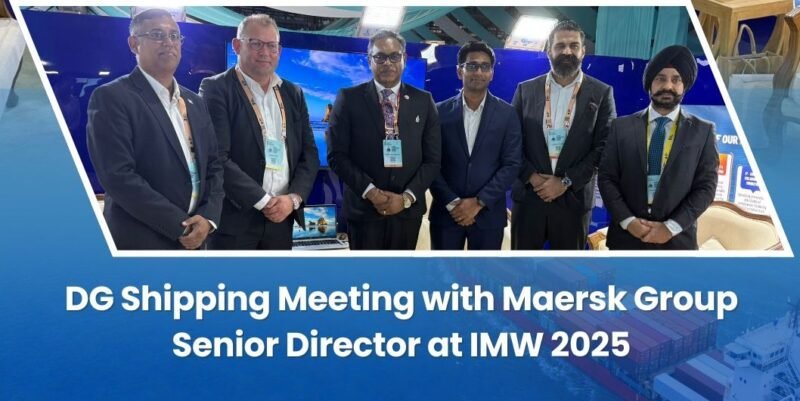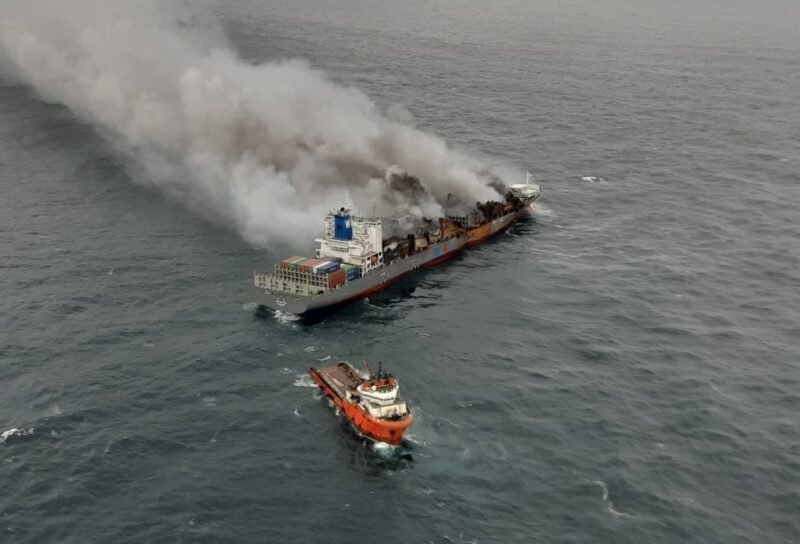Sea-Intelligence notes that predicting the future fleet size of shipping companies by simply adding the current fleet size to the order book oversimplifies the dynamics of the industry. Instead, analyzing individual companies’ fleet adaptation strategies, such as trading on the used market and adjusting vessel charters, provides a more accurate forecast. By understanding how shipowners manage their tonnage, customers can better predict future fleet sizes.
Using a more comprehensive approach to forecasting, Sea-Intelligence CEO Alan Murphy explains that while the simpler method based on current fleet and order backlog from two years ago may suggest lower fleet growth, individual companies may actually reduce capacity by selling used tonnage or redelivering charter tonnage upon the delivery of new vessels. Only MSC and ONE deviate from this trend by taking on additional tonnage, showing unique strategies in the industry.
Projected fleet sizes for April 2026 show differences between a simplified forecast and a customized approach based on current tonnage strategies. The adapted approach predicts significant increases in scale advantage for MSC over competitors like CMA CGM and Maersk. Hapag-Lloyd’s Strategy 2030 aims to maintain a top five position in the industry, but a change in strategy may be needed to prevent falling behind competitors like ONE, highlighting the dynamic nature of the shipping industry’s strategic planning.


















